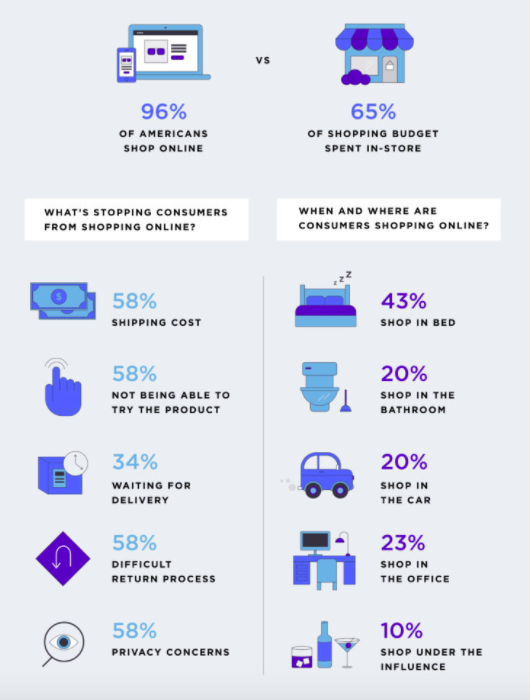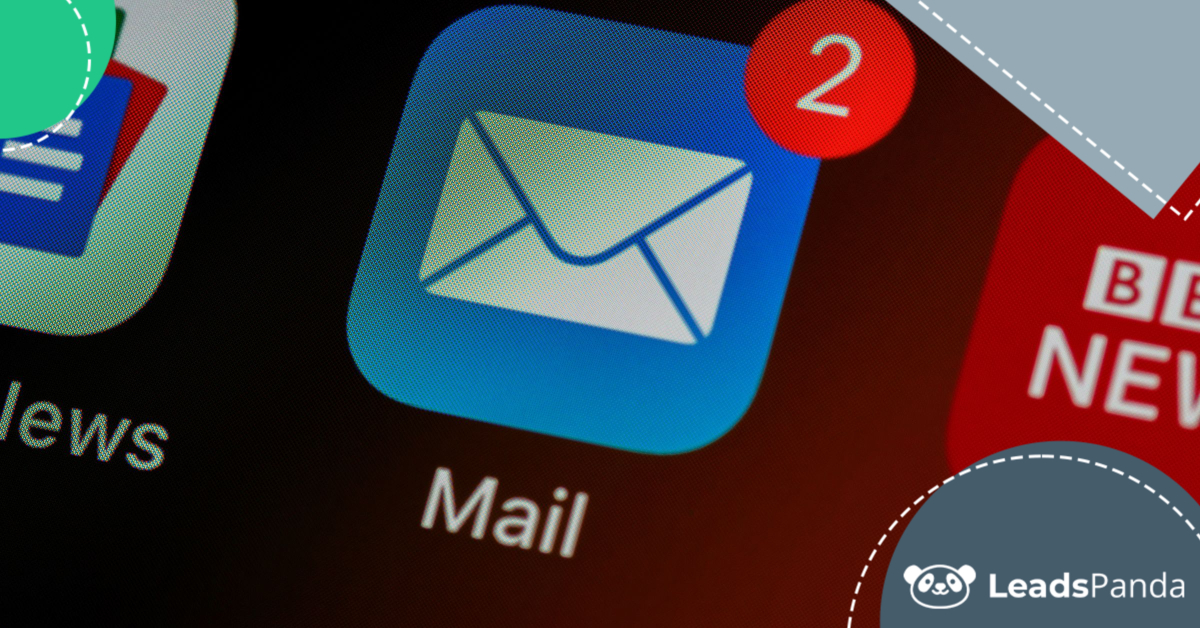How do I nurture non-responding leads through email campaigns?
I’ve said it before, and I’ll say it again: email is not dead.
While more and more people are shopping online, there are many things preventing them from completing their purchases. In a lot of cases, it’s simply because your emails are being ignored.

Their apprehension could be because your emails aren’t capturing their interest, or they don’t think the product or service in your email is relevant to them.
Whatever the reason may be, customers often need a bit of a nudge to pay attention to you, respond to your emails, and hopefully, to complete a transaction. This is one key reason nurturing them through email campaigns is so important for businesses.
The question then is how can you carefully nudge along and nurture these leads with your campaigns? Here are a few steps to take:
1. Segment Your Audience
Your audience will be at different stages of the buying process. Some are primed and ready to make a purchase with very little convincing needed; others are holding back, carefully weighing their options. Some don’t even respond to your email altogether. My advice is to identify these different groups and segment them accordingly, this way, you can reach out to them via email in the most relevant way and make your communications more compelling.
For instance, there’s no point in sending product care and management tips for a person who hasn’t even made a purchase, but this would be very useful for a customer who has. For someone who doesn’t respond to your emails, you have an opportunity to highlight what problem your product or service can solve–this would feel redundant for a customer who is already a loyal customer.
2. Gather Information About Your Non-Responding Leads
You want to tailor your communications to your audience, so your emails feel personal and authentic.
This is especially true for non-responding leads. What’s their profile, what are their key demographics? If you have access to their psychographics, be sure to look into them as well. This kind of information can help you understand how you can best frame your offer and create content so you can underscore the value and make it more compelling–hopefully prompting an actual response from your non-responding leads.
3. Address Their Pain Points
Once you’ve identified your main segments, dig into each customer’s journey. What behaviours and buying decisions led them to simply not respond to your email? Doing this helps you identify possible pain points that you can address in your communications and ultimately make it more engaging for non-responsive leads. Are they apprehensive about the cost of shipping? Do they think the shipping time is too long? Taking the time to learn these things allows you to present a solution that takes care of their apprehensions.
4. Track, Monitor, and Measure
A good nurture campaign will require stringent tracking and monitoring so you can adjust your strategy and make it more effective. Keep in mind that customer needs evolve. You won’t actually know what works and what doesn’t until you see results. Leave room for your email nurture campaigns to evolve and develop depending on how your customers respond.
Hope my answer helps! This is a four-step approach you can easily incorporate into your current content marketing process. Let me know how well it works for you. If you have any questions, email me at Leadspanda and I’ll get back to you as soon as I can.
Share This Story
Get the latest growth ideas, strategies, and best practices delivered to your inbox.
Quick read that helps 7000+ subscribers.






